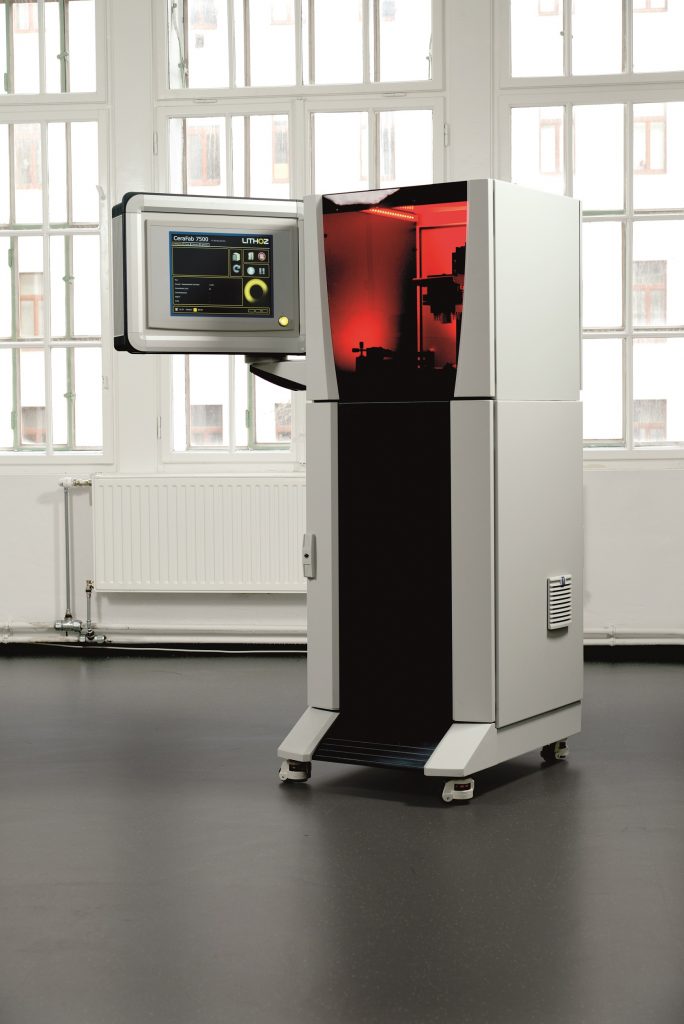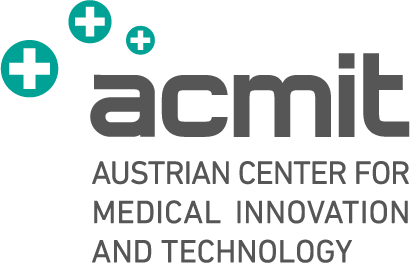Recently, ACMIT received a brand-new Lithoz 7500 ceramic 3D printer.
This additive manufacturing system can use CAD data to produce ceramic prototypes and components. It uses a process called Lithography-based Ceramic 
The printer can use:
- two industrial ceramics – alumina and zirconia – with very good mechanical properties as well as biocompatibility
- a special ceramic called tricalcium phosphate (TCP) which is bioresorbable, meaning it can be used for bone grafts supporting the bone ingrowth
Currently, ACMIT is waiting for the delivery of furnaces for debinding and sintering of the 3D-printed parts (until then ACMIT cooperates with Lithoz/FOTEC in this matter) and a Lithoz cleaning station for preparation of the 3D-printed components for thermal post-processing.
For more details about the 3D printer, please visit: http://www.lithoz.com/en
The 3D printer was purchased in the framework of the project „Additive Manufacturing for Medical Research (M3dRES)“ and with support of the FFG „F&E-Infrastrukturförderung“. For more information please visit http://www.m3dres.org/ and https://www.ffg.at/.


